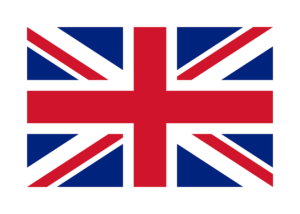 Contrary to the opinion of Mark Johnston, the most prolific trainer in the history of British racing, who once told the ‘Racing Post’ that ITV should ‘get rid of all coverage of betting’, horse racing and gambling have been inextricably linked since the earliest days of the sport. Indeed, prior to the Stuart Restoration, in the second half of the seventh century, two-horse ‘match’ races, arranged specifically to settle bets between owners, were the order of the day. A century or so later, organised horse racing evolved still further, under the auspices of the Jockey Club, founded in 1750, and Tattersalls, established in 1766.
Contrary to the opinion of Mark Johnston, the most prolific trainer in the history of British racing, who once told the ‘Racing Post’ that ITV should ‘get rid of all coverage of betting’, horse racing and gambling have been inextricably linked since the earliest days of the sport. Indeed, prior to the Stuart Restoration, in the second half of the seventh century, two-horse ‘match’ races, arranged specifically to settle bets between owners, were the order of the day. A century or so later, organised horse racing evolved still further, under the auspices of the Jockey Club, founded in 1750, and Tattersalls, established in 1766.
The first, recognisably-modern bookmaker was reputedly Harry Ogden, who stood on Newmarlet Heath from 1795 onwards but, prior to September 1, 1960, when the Conservative Government of Harold Macmillan enacted the ‘Betting and Gaming Act 1960’, opportunities for legal, off-course betting on horse racing were severely limited.Essentially, the only option for off-course punters – provided, of course, they were demonstrably credit-worthy – was to create an accountant with a bookmaker or, rather more euphemistically, with a ‘turf accountant’, and conduct their business by telephone. That said, despite being outlawed for over a century by ‘An Act for the Suppression of Betting Houses’, which was sanctioned in 1853, illegal operations continued to flourish and it was the hope of the Home Secretary, Richard ‘Rab’ Butler, to take gambling off the streets.
The first licensed betting shops in Britain duly opened their doors on May 1, 1961. They were not universally well-received, although one female customer interviewed by BBC News Extra a few days later epitomised the mood of the nation, saying, ‘They’re a wonderful idea. They’re a great asset as there’s no need to run round corners. You can come in here openly, have your bet and there’s no fears or worries at all.’
